Once your company view of competitive advantage is aligned with the way your clients view you, there is a new opportunity to understand whether this competitive advantage is applied , supported, and reflected coherently throughout the company and outside the company.
Process will help you managing and improving you competitive advantage. How? By giving you holistic coherence throughout your company.
The first thing you need to do is to ask five questions:
- Are the products/services emphasized in the company strategy coherent with the verified competitive advantage?
- Are investment decisions made from the same view?
- Is working time allocated accordingly?
- Are the products in pipeline/in development in alignment with the strategy?
- Is our company communicating our competitive advantage in a way that the message is received correctly by the customers?
If, among the answers, there is at least one no, your company needs to act in order to address these issues.
Process helps in addressing and solving those issues in a systematic way.
When the various stakeholders making decisions in the company are in alignment about competitive advantage, performance improves- including profitability. The objective of looking for alignment is to avoid internal and external customers “dissonance in perception” and to improve your company profitability by focusing on the right products, services, and messages.
You want to focus on selling products where your competitive advantage is present and receive the benefits deriving from your superior offerings. In a product portfolio, however, it is often the case that only a few products or services deliver true competitive advantage: this will drive R&D investments, possibly including protection of intellectual property and underlying (eventual) patent investments. Do we want to invest money in R&D and patents for products that are not representing our competitive advantage? No.
Products that don’t represent our competitive advantage are often products that clients are not really interested in and/or products not truly differentiated from those of competitors. Why would we want to invest money on those type of products?
Products that do not provide advantages to our clients are also products that cannot be sold for a premium price and that have often very low margins.
Company’s resources are limited; as such, you need ot test whether a competitive advantage exists within your entire product portfolio(s). This is also neccessary when we consider new products to be developed and/or protected.
The final step in the process is to increase your competitive advantage and to ensure that customers are aware of what your competitive advantage is. Often it is just not visible as management would think.

